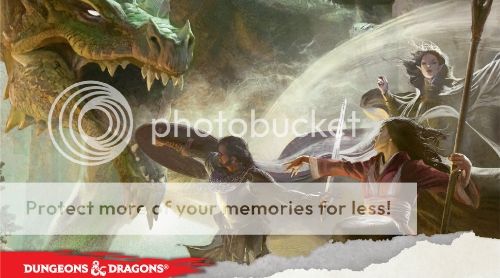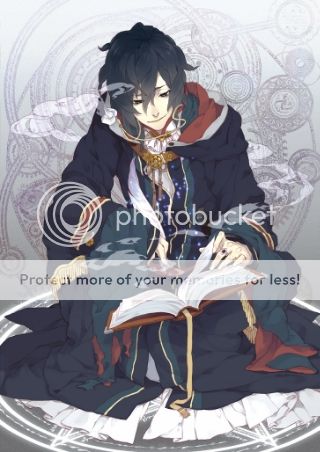After spending many months training in the Lortmil mountains, Ash decided a little bit of company, other than his pet hyena, Mule, might be a nice change of pace.
Ash was tall for a man, but rather small for an orc. If it weren't for his pale greenish grey skin, it might seem like he wasn't an orc at all. But he didn't mind his bloodline, he quite liked his parents and loved learning about both the history of men and of orcs. He held no resentment for either race. And he had no resentment towards his parents either. Most half-orcs he heard about from his parents seemed to have a problem with not being pure of blood but Ash couldn't care about that, he thought everyone, no matter what they look like or where they came from, should be treated equally. Ashe was a very nice person. Although, sometimes his appearance could intimidate people into avoiding getting to know him well enough to see that. With his body covered in battle scars and his sharp nails and teeth, many people saw a warmongering orc and stayed away.
Ash knew better than to let people hurt his feelings. He had parents that loved him and a best friend that would never judge him. He gripped his weapon tightly and shifted his bag of goods on his shoulder as he looked towards the horizon. "Well, what do you think, girl? Hommlet or Osnabrolt?" The hyena bobbed her head up and down vigorously and laughed, then shook her head and made a low chuffling noise as she scratched the ground at Ash's feet. "Okay, Hommlet it is," he replied, petting Mule's mane. "And anyway, I think we might get flogged trying to visit any of the other villages around here. Kind of overstayed our welcome last time we came around these parts, wouldn't you say?" Again, Mule bobbed her head in excitement and laughed loudly. The half-orc smirked and ruffled his companions fur again.
The duo made their way out of the mountain rage and eventually arrived at the village of Hommlet.
"What do you say we get some grub before we sell our loot, huh?" Mule hopped up and down happily and followed her owner into the Inn of the Welcome Wench. "Let's just hope they don't have a problem with you. Or we'll give 'em one!" Ash bellowed, and Mule laughed along with him. Ash liked to show a tough exterior around strangers, he was used to having his kindness being taken advantage of and learned soon after being on his own, that being nice to everyone you meet would only land a person in trouble.
Finding a table in a corner near the door, Ash put his bag of goods on the floor and rested his large weapon made of bone against the wall. "You sit and stay and I'll get us some food. If you're a good girl you can have some mead." Mule's ears perked up and she seemed to turn into a statue, sitting straight up and becoming very silent. Mead was her favorite.
Ashe walked up to the bar and set down a small satchel of gold pieces, "Gimme two helpings of the finest meat you've got and," he looked back towards his table where the hyena sat like a stone, "And two flagons of mead." He leaned on the counter and waited.








